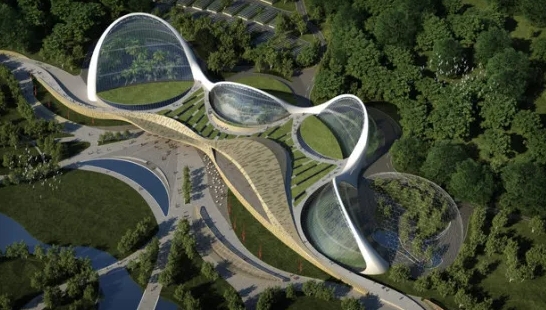Environmental Landscape Architecture: Shaping Sustainable Spaces
In today’s world, the importance of environmental landscape architecture is more pronounced than ever. As urban areas expand and natural ecosystems face unprecedented challenges, this discipline melds creativity with sustainability, aiming to create spaces that nurture both people and the planet. Understanding how landscape architecture impacts our environment can inspire us to make more conscious choices about our spaces and communities.
Creating Natural Ecosystems
One of the primary goals of environmental landscape architecture is to restore and enhance natural ecosystems. By prioritizing the use of native plants and sustainable materials, landscape architects can design spaces that promote biodiversity. For example, rain gardens and bioswales not only beautify a location but also manage stormwater effectively. These features mimic natural filtration processes, reducing urban runoff and improving water quality. By integrating ecological principles into design, these professionals help create spaces where both humans and wildlife can thrive.
Innovative Urban Solutions
As cities grow, they often face environmental challenges like heat islands and pollution. Environmental landscape architecture offers innovative solutions to these issues. Strategies such as green roofs and urban parks are essential in mitigating heat and improving air quality. For instance, a well-planned green roof can lower building temperatures, reduce energy consumption, and provide lush greenery in otherwise concrete-heavy environments. Shifting our focus to these innovative designs can enhance urban living while fostering a healthier relationship with our environment.
Community Engagement and Education
Environmental landscape architecture goes beyond design; it also emphasizes community engagement and education. Involving local communities in the planning and implementation of projects ensures that their needs and desires are met. Workshops and educational programs can raise awareness about sustainability and environmental stewardship. By encouraging community participation, landscape architects not only create meaningful spaces but also empower individuals to take an active role in caring for their surroundings. This grassroots approach fosters a sense of ownership and responsibility toward the environment.
In conclusion, environmental landscape architecture plays a crucial role in creating sustainable, engaging, and healthy environments. By restoring ecosystems, providing innovative solutions for urban challenges, and engaging communities, this field has the potential to significantly improve our world. To dive deeper into this fascinating discipline, consider exploring local projects, attending workshops, or connecting with landscape architects. Every step we take can lead to a healthier planet for future generations.

